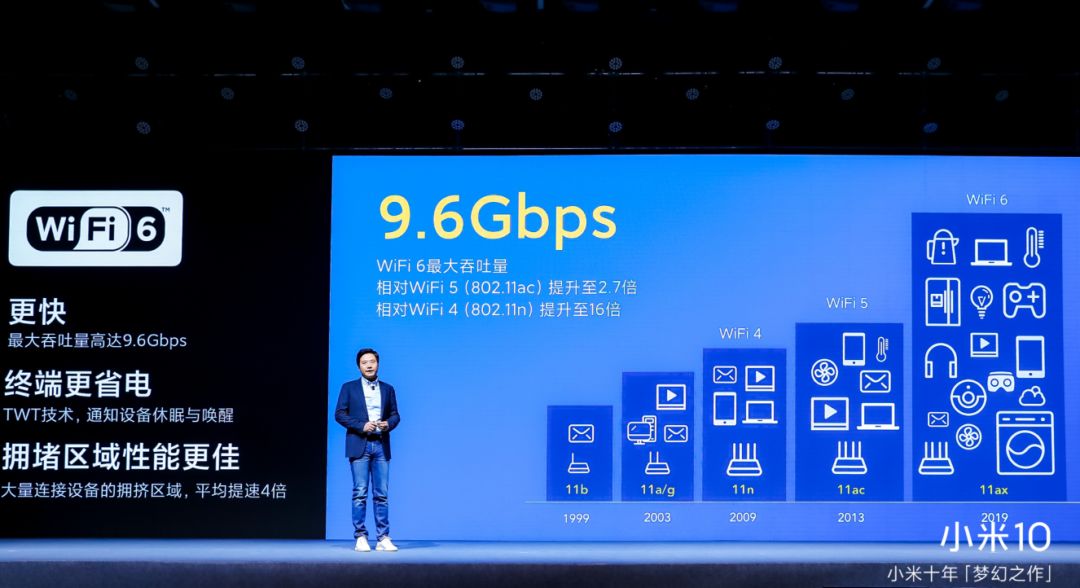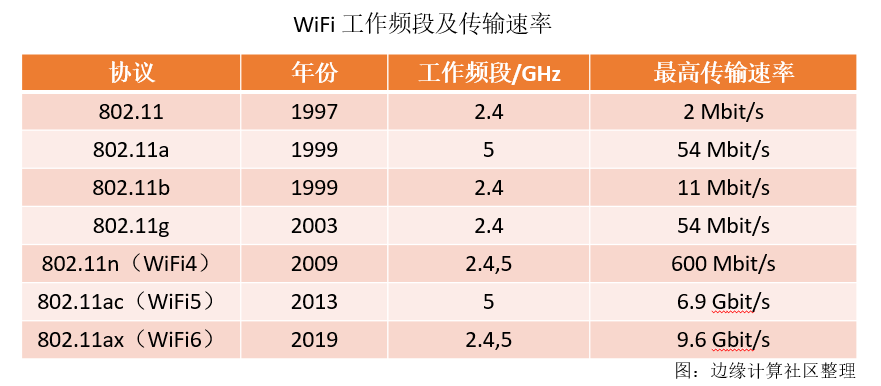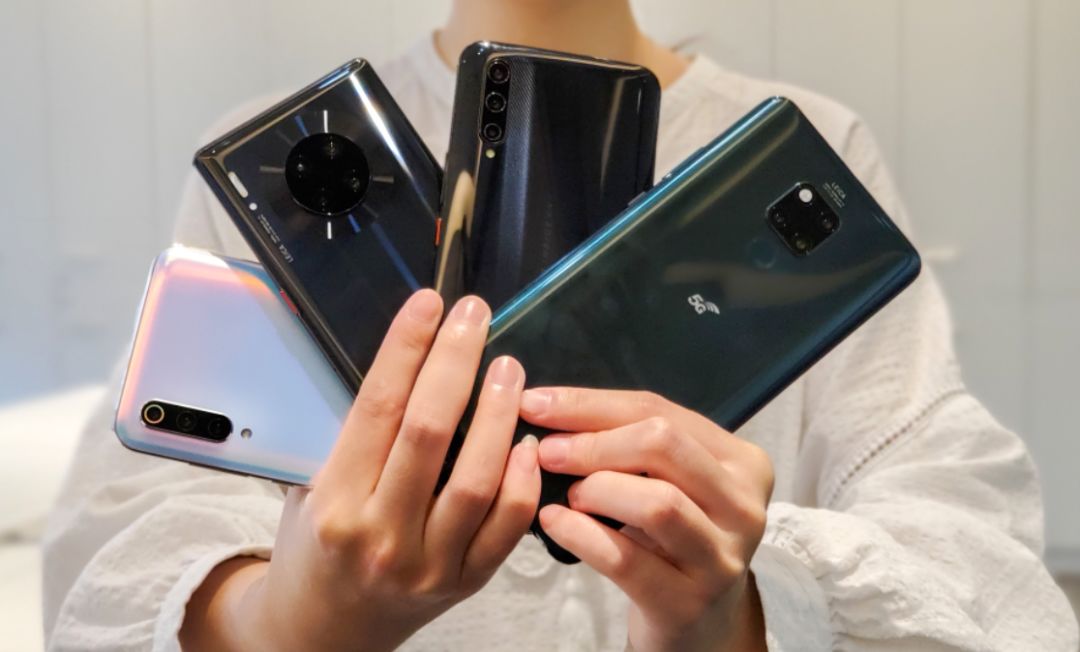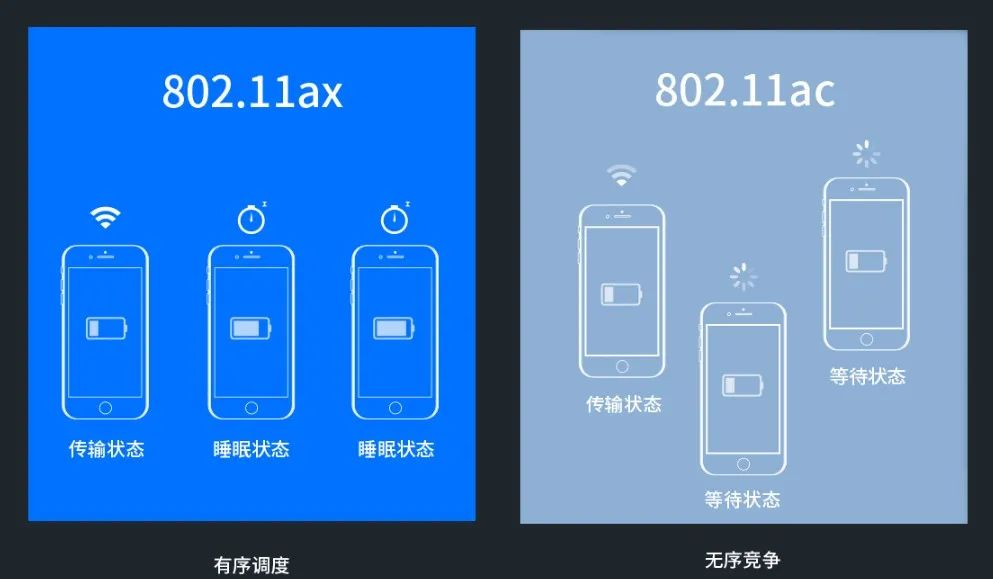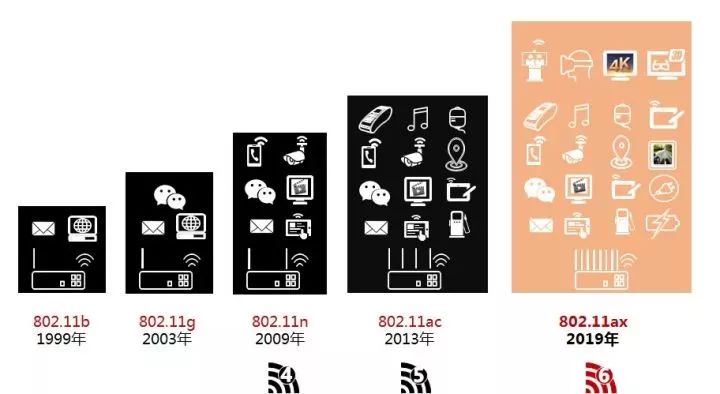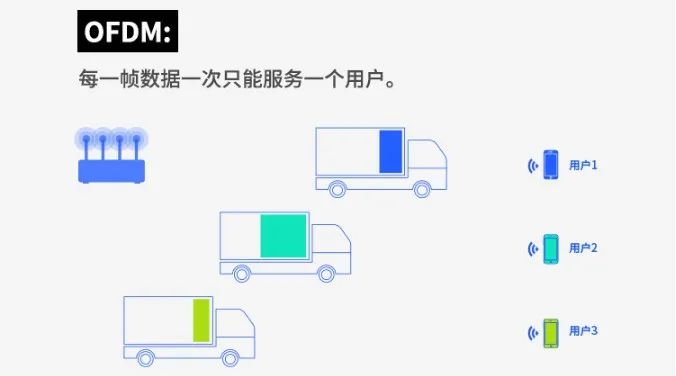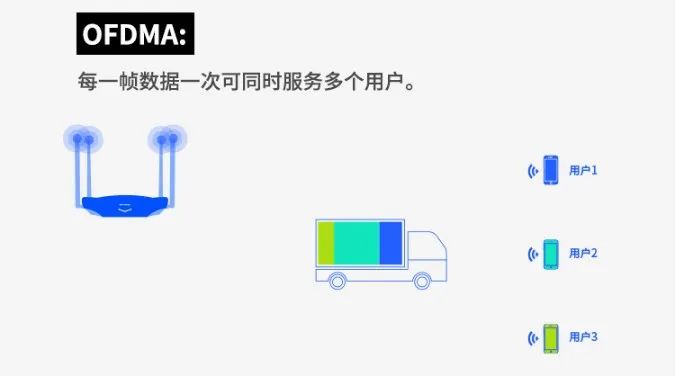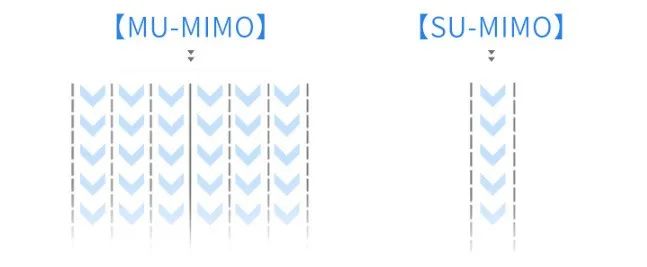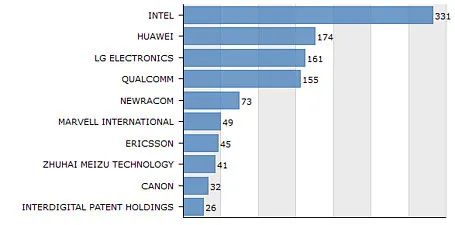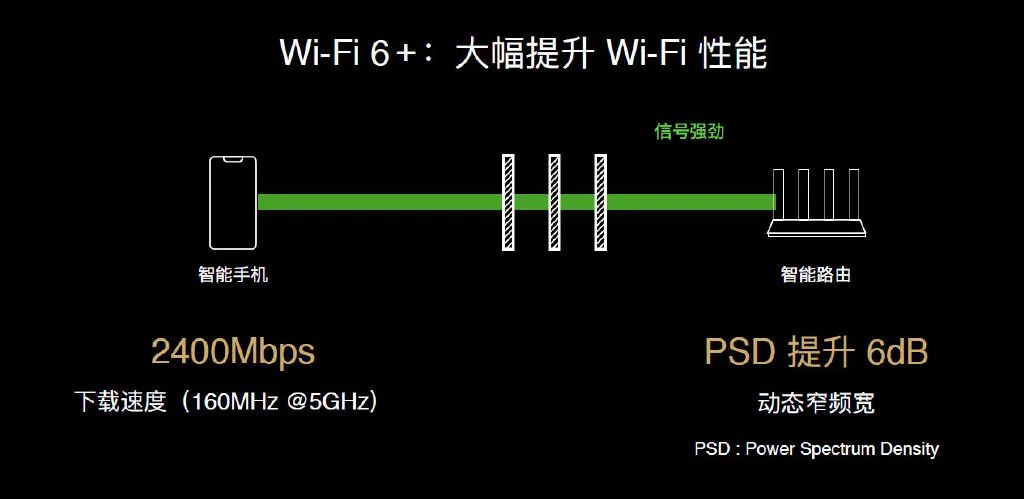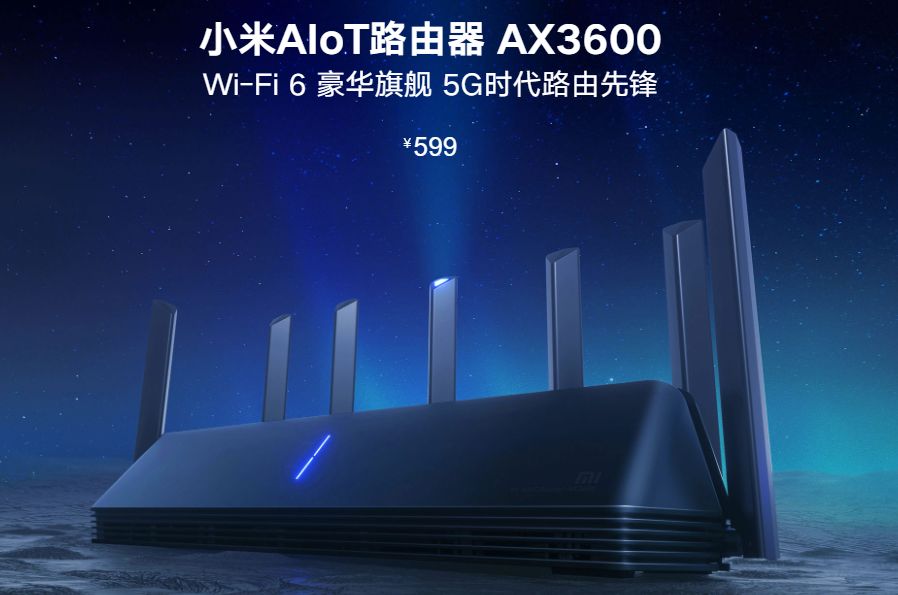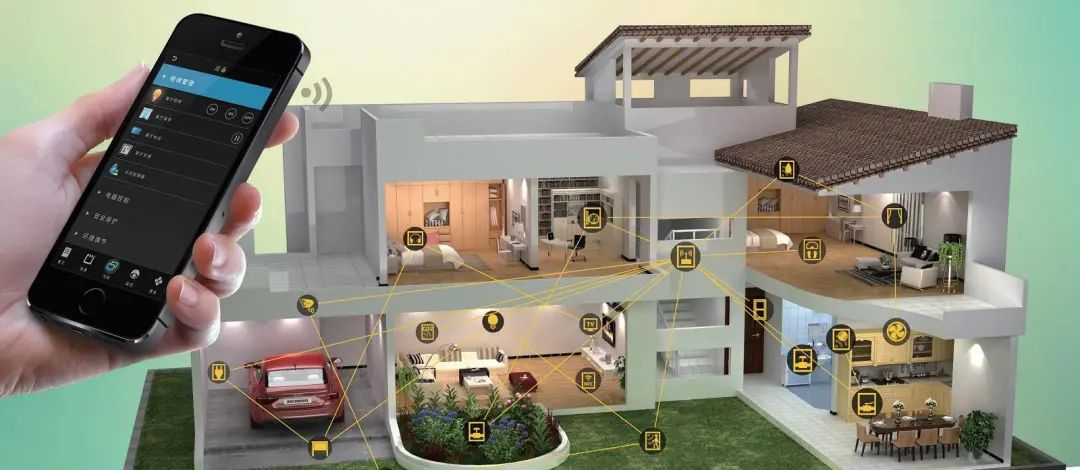Skip to content
If you’ve been following recent smartphone launch events, you may have noticed the term Wi-Fi 6 being mentioned frequently.
At the launch of the Xiaomi Mi 10 series, Lei Jun spent 5 minutes discussing this technology.
At the Huawei Mate Xs launch event, Yu Chengdong also dedicated a significant amount of time to introducing their Wi-Fi 6+.
In their words, Wi-Fi 6 is the standard configuration for flagship smartphones in 2020, offering a qualitative improvement over the previous generation, Wi-Fi 5.
Once you use it, your (5G) smartphone’s internet speed can be comparable to 5G signals, and even more stable.
Is it really that magical? What are the differences between Huawei’s Wi-Fi 6+ technology and regular Wi-Fi 6?
Wi-Fi 6 is essentially the sixth generation of wireless technology.
Since the inception of Wi-Fi technology in 1999, the Institute of Electrical and Electronics Engineers (IEEE) has continuously introduced new Wi-Fi standards to meet the growing demand for wireless internet access.
On September 16 last year, the Wi-Fi 6 standard was officially launched.
Compared to the currently mainstream Wi-Fi 5, its advantages are not much less than the advantages of 5G over 4G.
Previously, it was mentioned that the peak rate of 5G is 10Gbps.
Wi-Fi 6 can reach a maximum transmission rate of 9.6Gbps with a 160MHz channel width.
This translates to a download speed of 1.2GB/s, which is 1.4 times that of Wi-Fi 5, and is comparable to 5G.
Additionally, the number of 5G base stations is still too few, so even in the center of Guangzhou, it’s easy to drop to 4G, and the connection stability is far inferior to that of Wi-Fi 6.
Second, low energy consumption.
This low energy consumption refers not to the router, but to the connected terminals.
This time, Wi-Fi 6 uses TWT technology, allowing the AP and terminals to negotiate communication, reducing the time needed to maintain transmission and search for signals.
As a result, terminal power consumption can be reduced by about 30%.
Left: Wi-Fi 6 Right: Wi-Fi 5
This year, the popularization of 5G and high refresh rate screens has made smartphone battery life a major concern, making the low energy consumption advantage of Wi-Fi 6 even more important.
Third, high access numbers.
Many people have encountered the situation where, when many guests come to their home, the Wi-Fi connection becomes particularly slow, making it difficult to even browse social media.
This situation has significantly improved with Wi-Fi 6.
Compared to Wi-Fi 5, which can only communicate with 4 devices simultaneously, Wi-Fi 6 allows communication with dozens of devices at the same time.
Moreover, the internet speed for these dozens of devices is the same as when only one device is connected, with no lag whatsoever.
Wi-Fi 6 allows multiple users to transmit data simultaneously within each time slot, eliminating the need to wait in line.
As a result, the average latency has decreased from 30ms in the previous generation to 20ms.
Lower latency provides a better gaming experience; often, it’s that 0.01 seconds that determines whether you win or lose.
Why is Wi-Fi 6 so powerful?
The strength of Wi-Fi 6 mainly comes from its introduction of technologies such as OFDMA and MU-MIMO from 5G.
Previously, the core transmission scheme used by Wi-Fi was OFDM.
Under this scheme, regardless of the data size, each frame of data could only transmit data for one user at a time.
To use a truck as an analogy, it’s like each truck can only carry one person’s goods, even if the truck can carry 10 tons and that person’s goods are just a smartphone.
Moreover, you have to wait in line; the next truck can only leave after the previous one has departed, which can lead to long queues when there are many people.
Now you understand why Wi-Fi has high latency when many users are connected!
Wi-Fi 6’s OFDMA is different; it can serve multiple users simultaneously.
It’s like a truck can carry several people’s goods at once, and once it’s full, it can leave, significantly reducing waiting time.
As for MU-MIMO technology, it’s even more amazing.
In the past, Wi-Fi routers could only be used by one terminal at a time, regardless of how wide the MIMO channel was.
When multiple devices were online, they used a time-sharing and queuing strategy to occupy the channel.
Think of the MIMO channel as a highway, with connected devices as cars.
No matter how wide the highway is, you could only use one lane, with cars queuing up to move forward.
With MU-MIMO technology, however, multiple devices can share the channel at the same time.
This means that each car has its own dedicated lane and can travel at maximum speed.
As a result, efficiency is greatly improved.
What is the difference with Wi-Fi 6+?
Huawei’s Wi-Fi 6+ technology can be seen as an upgraded version of Wi-Fi 6.
During the development of the Wi-Fi 6 standard, Huawei submitted 240 technology proposals, making it the second-largest contributor to the Wi-Fi 6 standard.
Having technology means being able to do as one wishes; Huawei has secretly made two upgrades based on Wi-Fi 6.
First, it supports end-to-end 160MHz ultra-wide bandwidth, allowing for double speeds at close range.
Second, the dynamic narrow bandwidth technology automatically fragments packets as needed, ensuring that routers and terminal devices like smartphones can stably operate in narrow bandwidth mode, enhancing the ability to penetrate walls.
In simple terms, this means double the speed and stronger wall penetration capability.
This is crucial for those living in multi-story homes.
However, Wi-Fi 6+ also has a downside: both your terminal and router must support Wi-Fi 6+ to experience this technology.
Pitfalls to Watch Out for When Buying Wi-Fi 6 Devices
Currently, there are many smartphones on the market that support Wi-Fi 6, including the iPhone 11 series, Samsung S10 series, Xiaomi 10 series, etc.
Most flagship devices released this year will basically feature this technology.
The prices of Wi-Fi 6 routers have also dropped; some cheap ones are priced at only four to five hundred yuan.
However, just like smartphone chips, Wi-Fi 6 chips also come in full versions and cut-down versions.
The full version Wi-Fi 6 chip supports 8X8 MU-MIMO and 160M bandwidth, with a maximum transmission rate of 9.6Gbps.
In contrast, the cut-down version chip, such as Qualcomm’s QCA6391, only supports 2X2 MU-MIMO and 80M bandwidth, with a maximum transmission rate of only 1.2Gbps.
This is equivalent to reducing the original eight-lane highway to two lanes, with each vehicle’s load capacity halved.
In the end, the speed may even be inferior to the full version Wi-Fi 5.
Therefore, whether buying a smartphone or a Wi-Fi 6 router, it’s essential to check if the device supports 160M bandwidth and 8X8 MU-MIMO.
Otherwise, if you find the internet speed actually slows down after purchase, it would be a huge disappointment!
Just like the changes brought by 5G, which go beyond mere speed improvements, Wi-Fi 6 also has a very broad application prospect.
Firstly, in the realm of smart homes.
Huawei has predicted that by 2025, the average person will own 5 smart terminals, and 20% of people will own more than 10 smart terminals.
In this way, the high access capability of Wi-Fi 6 becomes particularly important.
It can effectively handle connections from over 128 terminals, providing higher bandwidth, faster responses, and more stable connections.
Thanks to this feature, in the future, large events like concerts and sports events will no longer face issues of not being able to connect to Wi-Fi due to excessive crowding.
Moreover, the high speed and low latency characteristics of Wi-Fi 6 can help technologies like VR/AR provide users with immersive experiences.
On the other hand, it can also reduce lag caused by bandwidth and packet loss in scenarios like remote teaching and meetings.
Recently, during the pandemic, many people experienced poor internet quality while attending online classes or video conferences from home.
Additionally, in the logistics and warehousing industry, the low latency, large bandwidth, and multi-user capabilities of Wi-Fi 6;
make the use of AGV automated sorting, wireless barcode scanning, and transportation management systems more stable and smooth in production warehouses.
In summary, Wi-Fi 6 is a market with enormous commercial value.
According to IDC’s forecast, Wi-Fi 6 will achieve widespread adoption by 2023.
By then, the Wi-Fi Alliance expects the global economic value of Wi-Fi to reach $3.47 trillion, which is not much less than that of 5G.
Indeed, the high costs of 5G make it unsuitable for high-volume use.
For indoor use, Wi-Fi 6, and for outdoor use, 5G;the two complement each other’s advantages,to meet user needs and truly build an intelligent world of interconnected devices.
For those who have not yet used Wi-Fi 6,
give it a thumbs up! 

